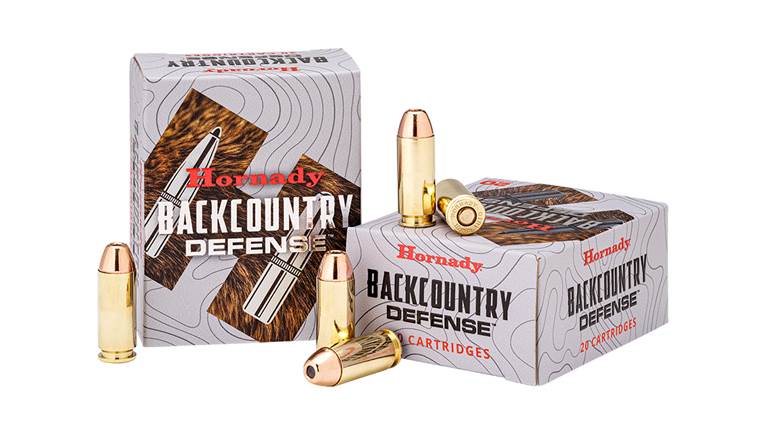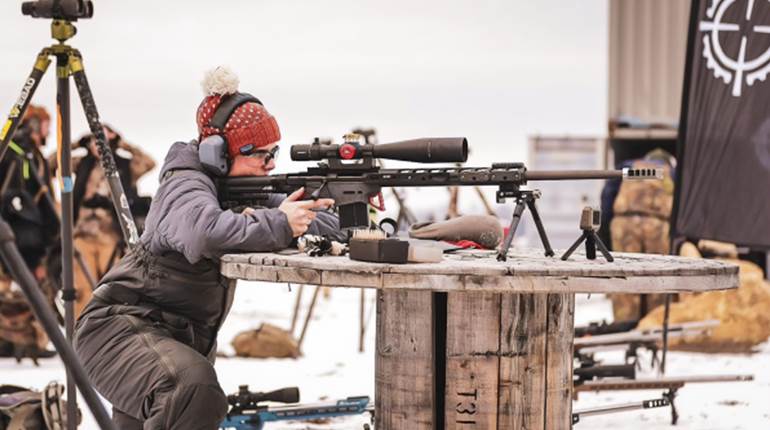
Subsonic 9 mm Luger ammunition often fetches a premium across the gun counter, despite how simple it is to make. The key is to couple heavy bullets with a powder that burns with enough intensity to cycle the action, yet not so hot that it launches the projectile into the supersonic range. My go-to combo has always been Hodgdon Titegroup under a 147-grain X-Treme copper-plated bullet. These rounds cycle just about anything that I run them through, with or without a sound suppressor installed, and are exceptionally soft on the wrists.
 Using a copper-plated bullet in place of a copper-jacketed bullet, I am able to cut down the cost per round significantly and keep my reloading equipment (and gun) cleaner than if using hard-cast lead projectiles. Another bonus is that, by omitting the copper jacket, I greatly reduce the chance of a ricochet on steel targets. A charge of 3.1 grains of powder is all that it takes to get things flying at an average of 882 f.p.s. out of a full-size pistol and leaves you plenty of room for the marginal velocity increase that a sound suppressor might add. Ignition of Titegroup in any weather is never a concern, and I have always found Federal No. 100 small pistol primers to create consistent results, earning this load an impressive standard deviation of only 11.
Using a copper-plated bullet in place of a copper-jacketed bullet, I am able to cut down the cost per round significantly and keep my reloading equipment (and gun) cleaner than if using hard-cast lead projectiles. Another bonus is that, by omitting the copper jacket, I greatly reduce the chance of a ricochet on steel targets. A charge of 3.1 grains of powder is all that it takes to get things flying at an average of 882 f.p.s. out of a full-size pistol and leaves you plenty of room for the marginal velocity increase that a sound suppressor might add. Ignition of Titegroup in any weather is never a concern, and I have always found Federal No. 100 small pistol primers to create consistent results, earning this load an impressive standard deviation of only 11.
This recipe lends itself nicely to mass production on a progressive press, as Titegroup meters within one-tenth of its target weight from a standard powder measure. Hornady’s custom dies are my preference for making these (or any) 9 mm Luger loads; the titanium nitride sizing die gets the job done without the need for lube, while the seating die contains a built-in taper crimp, which is better suited for cartridges that headspace on the case mouth. With these dies and a properly tuned press, you should have no problem churning out a couple hundred of these in an hour.






































